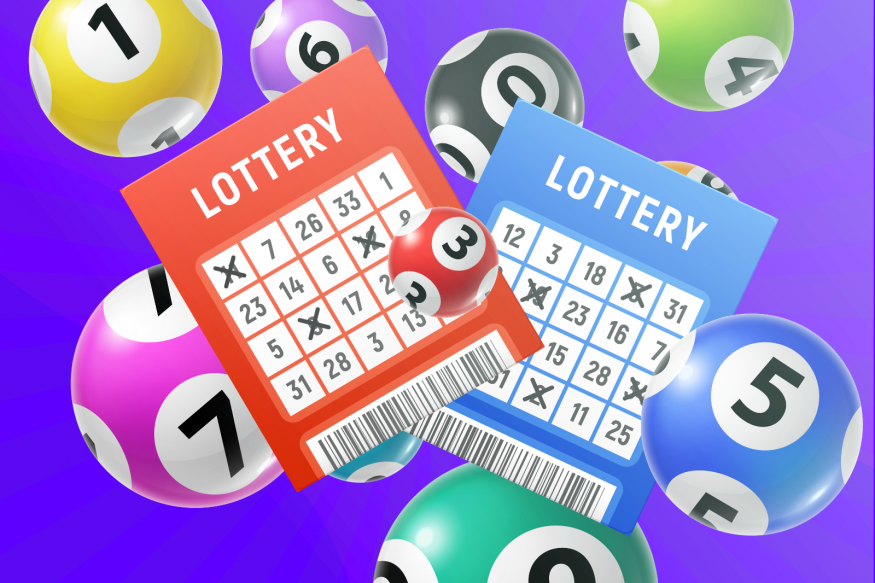Slot machines have evolved far beyond the mechanical three-reel pull of the past; today’s digital interfaces harness a sophisticated blend of psychology and design to captivate players and prolong engagement. At the core of this evolution are three primary sensory triggers—color, sound, and animation—each meticulously calibrated to evoke emotional responses, reinforce desired behaviors, and sustain the flow of play. By understanding how these elements operate in concert, game designers create interfaces that not only entertain but also subtly influence wagering decisions. In this article, we explore the science behind each psychological trigger, examine practical design strategies, and discuss the ethical dimensions of leveraging such powerful tools in slot UI.
Color Psychology in Slot Interfaces
Color is perhaps the most immediate visual cue in any user interface, and in slot games it serves dual functions: aesthetic appeal and emotional priming. Warm hues such as reds, oranges, and golds are frequently employed to convey excitement, urgency, and perceived value—think of the glow of jackpot meters or the fiery api33 animations that accompany big wins. Cooler tones like blues and greens, on the other hand, foster a sense of trust, stability, and relaxation, often used in background elements to anchor the interface and prevent visual fatigue during long sessions. Beyond broad associations, designers also harness contrast to guide attention: bright, saturated symbols pop against darker reels, while decorative elements recede. Subtle gradients and complementary color pairings maintain visual harmony, ensuring that players remain focused on the spin area rather than becoming distracted by clashing visuals. By crafting a balanced color palette that alternates between energizing accents and grounding backdrops, slot UIs can evoke the precise emotional states conducive to sustained play.
Sound Design and Auditory Conditioning
Where color engages sight, sound engages the ear—and often more deeply, because auditory stimuli process faster and can trigger powerful emotional reactions. Slot designers use layered soundscapes comprising background ambiances like gentle chimes or thematic music tracks, punctuated by auditory “rewards” such as chimes, whistles, and celebratory fanfares upon winning combinations. These sounds operate on principles of operant conditioning: intermittent rewards coupled with consistent audio cues reinforce the behavior of spinning, even when wins are infrequent. Moreover, the pitch, tempo, and timbre of win sounds are carefully chosen to signal varying magnitudes of success—higher-pitched, rapid sequences for small wins to maintain momentum, and grand orchestral stings for jackpot hits that leave a lasting impression. Voiceovers or character exclamations further personalize the experience, tapping into social psychology by making the player feel cheerleader-like encouragement. Together, these auditory elements transform each spin into a multisensory event, heightening immersion and driving the compulsion to play “just one more. ”
Animation, Motion, and Flow
Animation is the glue that binds color and sound into a seamless interactive experience. Well-crafted motion guides the player’s eye, underscores key events, and sustains the psychological phenomenon known as “flow”—a state of deep focus where time seems to vanish. In slot UIs, animations serve critical functions at every stage: spinning reels use motion blur to simulate realistic physics; payline highlights trace winning paths with glowing trails; and bonus triggers deploy cinematic transitions that build anticipation. The timing of these animations is equally vital. Fast reels keep pace brisk and engaging, but the final deceleration towards a potential win is deliberately slowed to amplify suspense. Similarly, win celebrations linger just long enough to allow the player to savor success before gently nudging them back toward the spin button. By choreographing motion in harmony with color shifts and audio cues, designers sustain a rhythmic cycle of tension and release that encourages extended play without overt fatigue.
Combined Effects and Behavioral Outcomes
While color, sound, and animation each have distinct psychological roles, their combined effect is greater than the sum of their parts. When a symbol lights up in a warm glow, triggers a triumphant audio flourish, and erupts into a short but spectacular animation, the brain encodes the moment as meaningful, boosting dopamine release and reinforcing betting behavior. Gamification elements—such as progress bars that fill with animated sparks or streak counters that change hue—leverage the same UI triggers to convey progression and mastery, further enhancing commitment. Even UI control elements like the spin button receive attention: a subtly pulsing glow or a gentle hover animation can make it irresistibly clickable. In aggregate, these intertwined sensory stimuli shape user pathways, guiding players toward deeper engagement and increased wagering without explicit instruction or visible persuasion.
Ethical Considerations and Responsible Design
Given their potency, color, sound, and animation must be wielded responsibly. The same triggers that amplify enjoyment can also exacerbate compulsive behaviors in vulnerable individuals. Ethical designers therefore implement features such as session timers with gentle visual reminders, volume controls for sound intensity, and optional “reduced animation” modes for players prone to overstimulation. Transparent display of RTP (Return to Player) information, combined with clear messaging about the random nature of outcomes, helps counterbalance the implicit promises of wins conjured by UI cues. Ultimately, embedding safeguards alongside psychological triggers not only protects players but also builds long-term trust and a sustainable brand reputation in a highly regulated industry.
Conclusion
The intersection of psychology and design in slot user interfaces demonstrates how color, sound, and animation can be orchestrated to create deeply engaging—and at times persuasive—gaming experiences. By tapping into emotional associations, conditioning responses, and the immersive power of motion, developers craft multisensory environments that sustain player flow and fuel continued play. Yet with great power comes great responsibility: ethical design practices and responsible gaming features are essential to ensure these psychological triggers enhance entertainment without compromising player well-being. As slot technology continues to evolve, the most successful titles will be those that balance compelling UI mechanics with transparent, player-centric safeguards—delivering thrill without harm.








/smstreet/media/media_files/g95Nec0ySOrZS2fTfMna.png)


